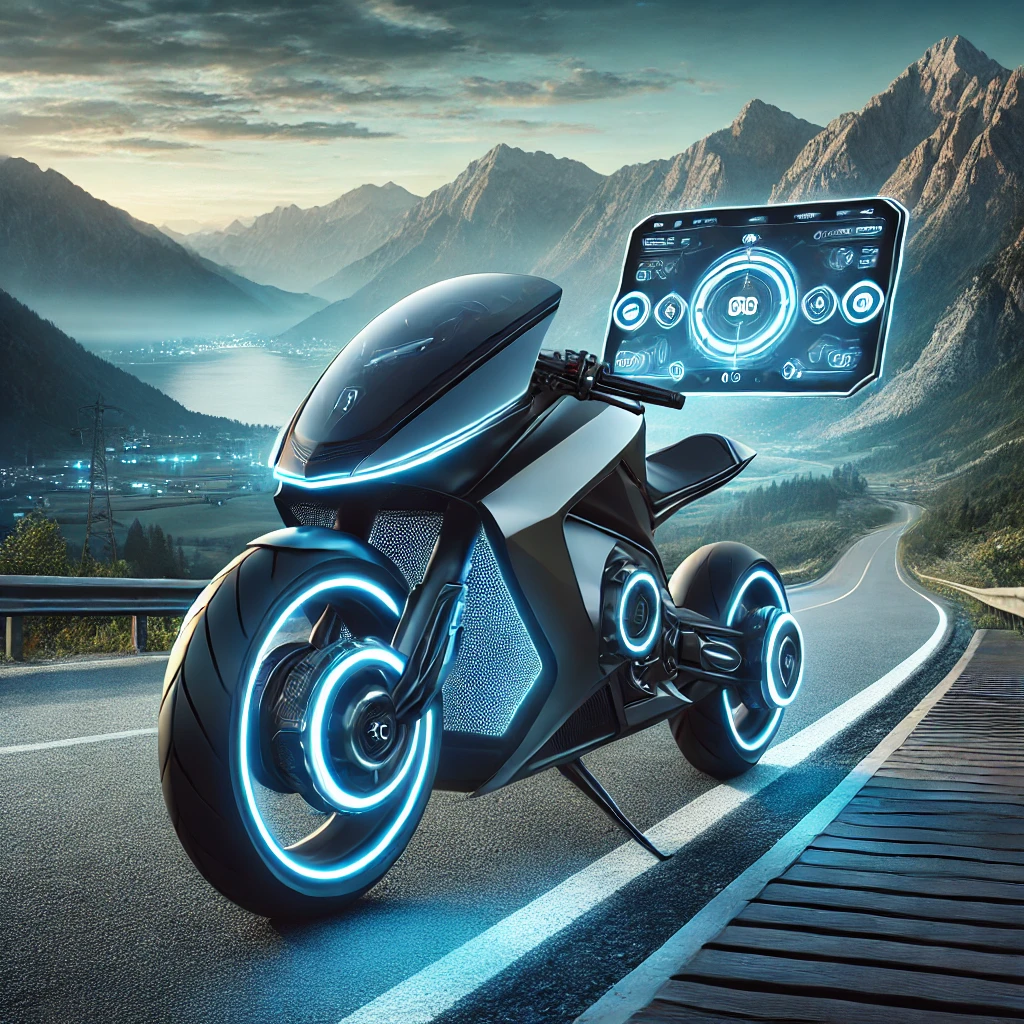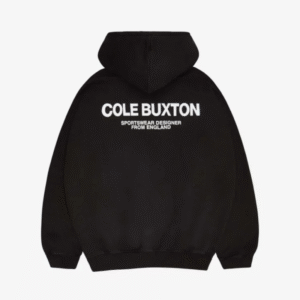United States Motorcycle Market Trends 2025-2033
United States Motorcycle Market: Comprehensive Analysis and Forecast 2025-2033 Market Overview The United States motorcycle market was valued at US$...

United States Motorcycle Market: Comprehensive Analysis and Forecast 2025-2033
Market Overview
The United States motorcycle market was valued at US$ 9.85 billion in 2024 and is projected to reach US$ 14.64 billion by 2033, growing at a CAGR of 4.51% from 2025 to 2033. This growth is attributed to the rising popularity of recreational motorcycling, increasing adoption of electric motorcycles, and advancements in safety and performance technologies.
Download Sample: https://www.renub.com/request-sample-page.php?gturl=united-states-motorcycle-market-p.php
Market Definition and Scope
Motorcycles are two-wheeled motorized vehicles designed for speed, agility, and fuel efficiency. The market includes various types such as cruisers, sportbikes, touring motorcycles, dirt bikes, and electric motorcycles. These vehicles are widely used for commuting, long-distance travel, and recreational activities. The U.S. has a vibrant motorcycle culture, with iconic brands like Harley-Davidson, Indian, Honda, Yamaha, and Ducati leading the market.
Key Growth Drivers
1. Increasing Demand for Fuel-Efficient and Cost-Effective Transportation
Motorcycles are becoming an economical alternative to automobiles due to their superior fuel efficiency and lower operational costs. With rising fuel prices and worsening urban traffic congestion, consumers are increasingly opting for motorcycles, especially in the 200cc to 400cc segment, which offers affordability and efficiency.
2. Rising Popularity of Recreational and Adventure Motorcycling
Recreational riding and adventure touring are significantly boosting motorcycle sales. Enthusiasts invest in touring and adventure motorcycles for cross-country travel and weekend excursions. Popular events like Sturgis Motorcycle Rally and Daytona Bike Week contribute to the growth of the motorcycle culture. Technological advancements such as improved suspension, fuel economy, and intelligent riding assistance systems further enhance the appeal of adventure motorcycling.
3. Expansion of the Electric Motorcycle Market
Growing concerns over emissions and government incentives for eco-friendly transportation are driving the electric motorcycle segment. Leading manufacturers such as Zero Motorcycles and Harley-Davidson’s LiveWire are investing in battery-powered motorcycles with extended range, fast charging, and smart connectivity. The demand is further supported by improving charging infrastructure and stringent emission regulations in urban areas. In October 2023, Kawasaki launched its first electric motorcycles in the U.S., featuring the Ninja e-1 and Z e-1 models.
Market Challenges
1. High Cost of Premium and Large-Engine Motorcycles
The price of high-performance motorcycles, particularly in the 400cc to 800cc and touring segments, remains a significant challenge. Engineering complexity, high-quality materials, and advanced features increase costs, making these bikes less accessible. Additionally, high insurance premiums and maintenance expenses deter potential buyers despite attractive financing options.
2. Safety and Regulatory Hurdles
Motorcycle safety concerns limit market expansion, as motorcycles have a higher accident rate than cars. The lack of proper riding gear usage and stringent road safety laws discourage some consumers. Regulatory challenges such as stricter emission standards, helmet mandates, and licensing requirements also affect market growth. Although advancements in ABS, traction control, and rider-assist technologies have improved safety, many potential riders remain hesitant.
Market Segmentation Analysis
1. Product Type
- Motorbikes
- Scooters
- Mopeds
2. Motorcycle Type
- Standard
- Sports
- Cruiser
- Touring
- Others
3. Propulsion Type
- Internal Combustion Engine (ICE)
- Electric
4. Engine Capacity
- Up to 200cc
- 200cc to 400cc
- 400cc to 800cc
- More than 800cc
5. Regional Analysis
Eastern U.S. Market
The Eastern region, including major cities such as New York, Washington D.C., and Boston, has a strong demand for motorbikes and electric motorcycles due to high traffic congestion. Meanwhile, states like Florida and North Carolina are popular for cruisers and touring motorcycles, owing to their scenic highways and favorable climate.
Western U.S. Market
Western states like California, Arizona, and Colorado dominate in adventure biking, off-road motorcycling, and high-performance motorcycles. California, in particular, is a major hub for electric motorcycles and has a thriving market for innovative and sustainable bike designs.
Competitive Landscape
The U.S. motorcycle market is highly competitive, with several key players leading the industry. The major companies include:
- Harley-Davidson
- Suzuki Motor Corporation
- Honda Motor Co., Ltd.
- BMW AG
- Yamaha Motor Co., Ltd.
- Kawasaki Heavy Industries, Ltd.
- Triumph Motorcycles
- Ducati Motor Holding S.p.A.
- KTM AG
- Polaris Inc.
Key Focus Areas for Companies
- Product Innovation: Introduction of new models with advanced safety features, improved performance, and smart connectivity.
- Electric Motorcycle Expansion: Heavy investments in battery technology, charging infrastructure, and performance improvements.
- Market Penetration Strategies: Expanding market reach through aggressive marketing, financing options, and dealership expansions.
Future Market Trends and Opportunities
- Integration of Smart Technologies: Features such as adaptive cruise control, AI-assisted navigation, and voice commands are likely to enhance rider experience.
- Growth of Subscription-Based Motorcycle Ownership: Emerging rental and subscription-based models will make motorcycles more accessible.
- Increased Investment in Sustainable Mobility: Governments and manufacturers are pushing for zero-emission motorcycles, leading to an expansion of the electric bike segment.
Conclusion
The U.S. motorcycle market is poised for steady growth, driven by evolving consumer preferences, sustainability trends, and technological advancements. While challenges like high costs and safety concerns persist, opportunities in electric motorcycles, smart features, and adventure touring will shape the market’s future. With a strong riding culture and continuous innovations, the industry is set for a dynamic transformation in the coming years.



